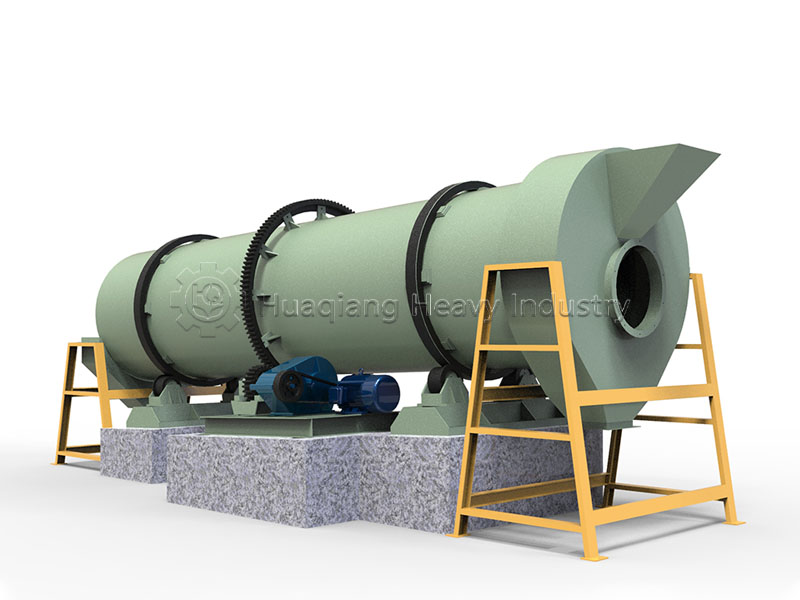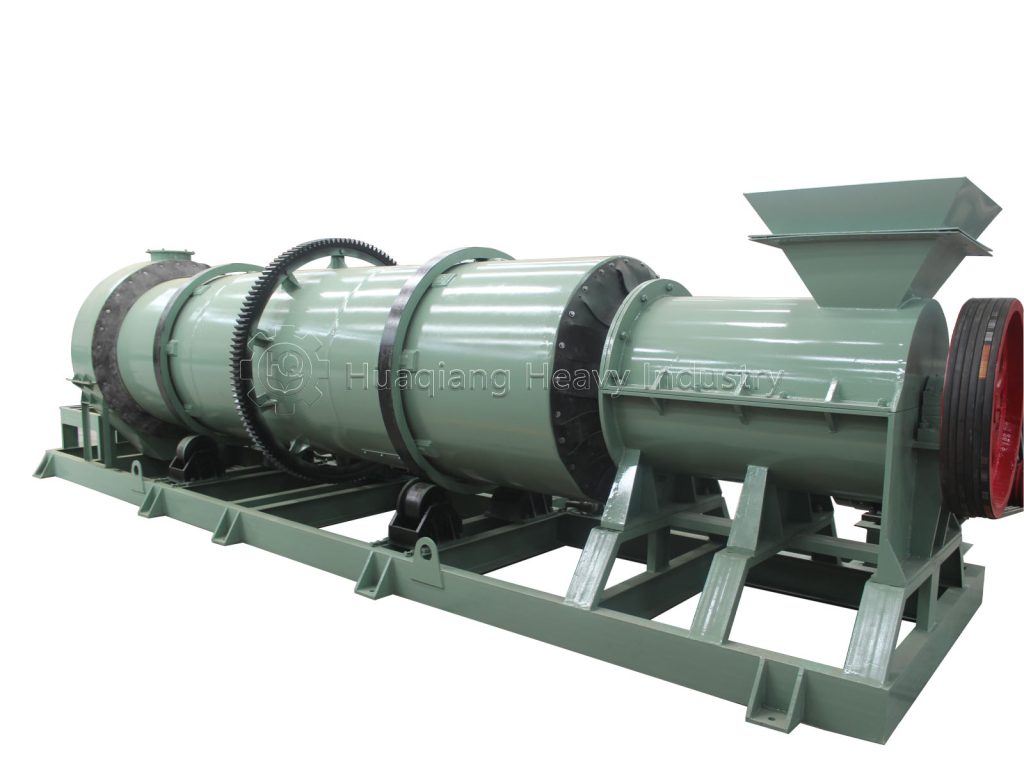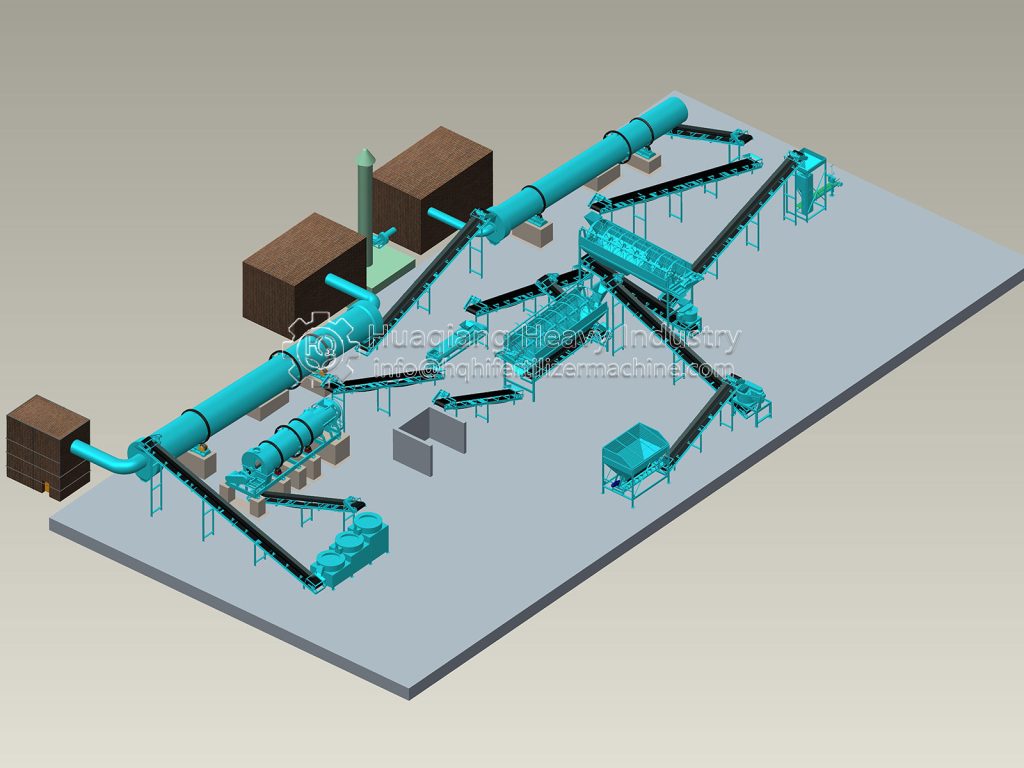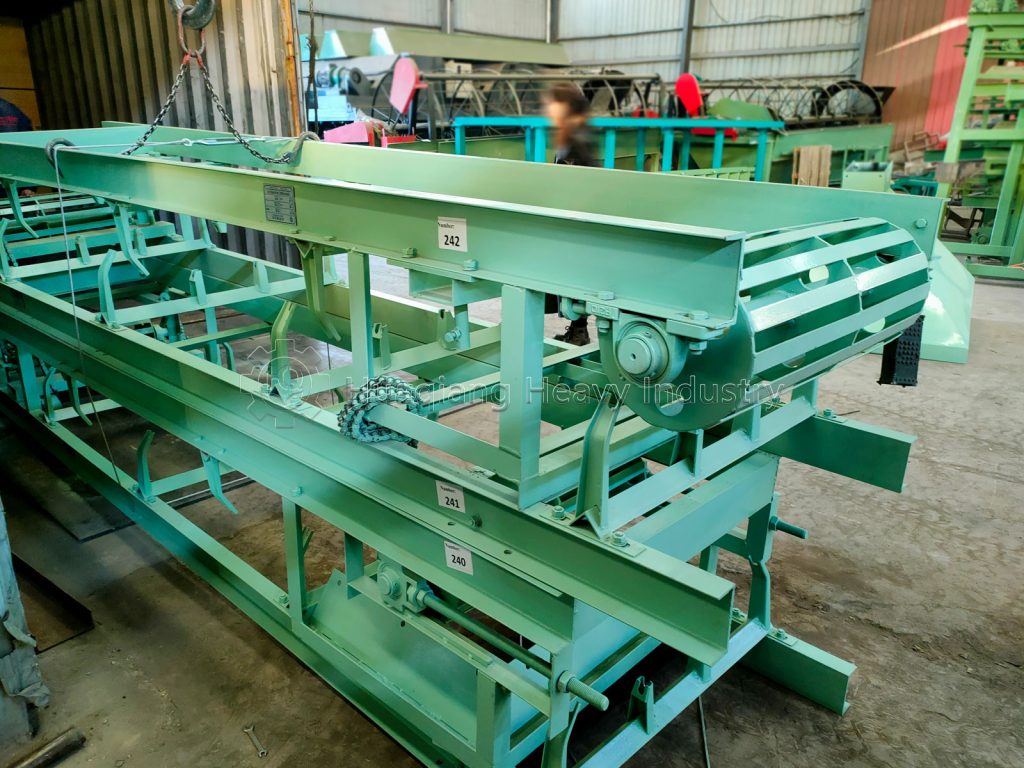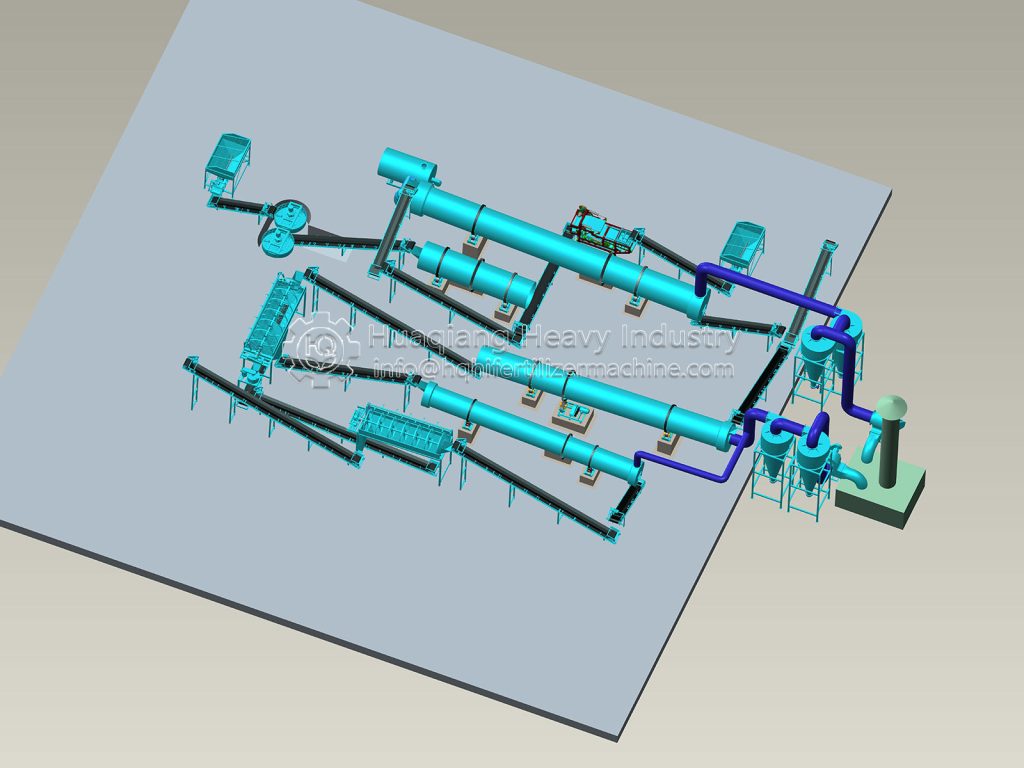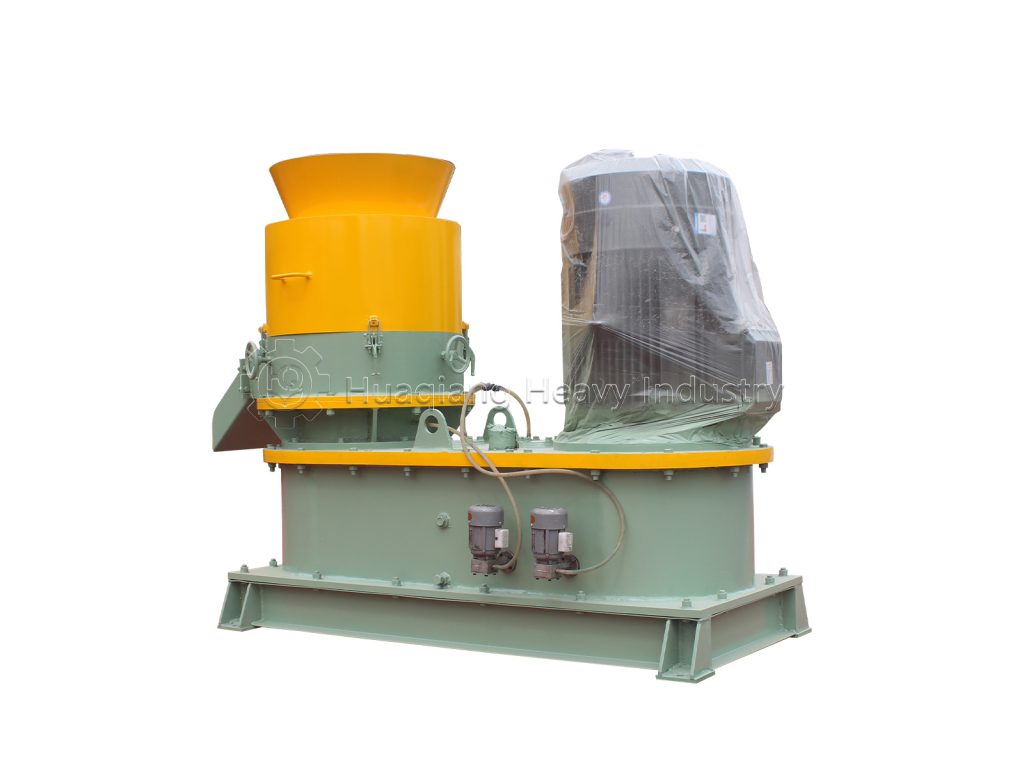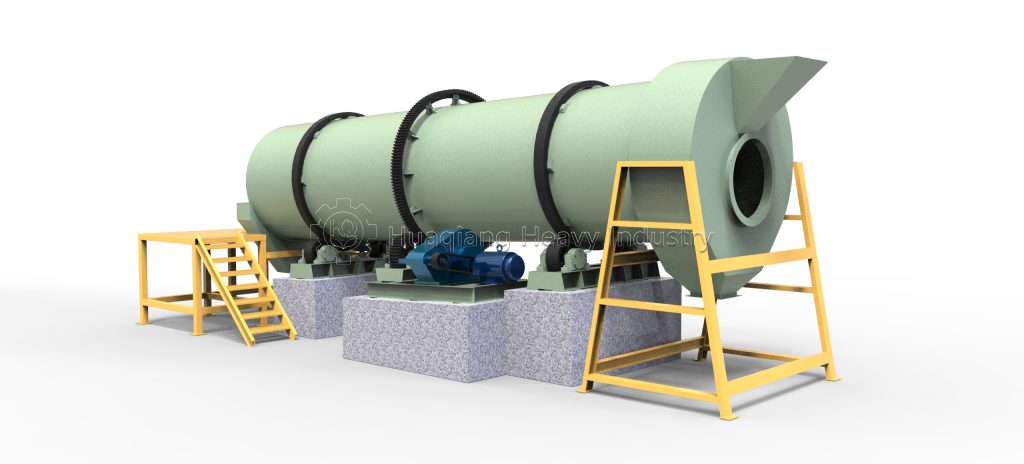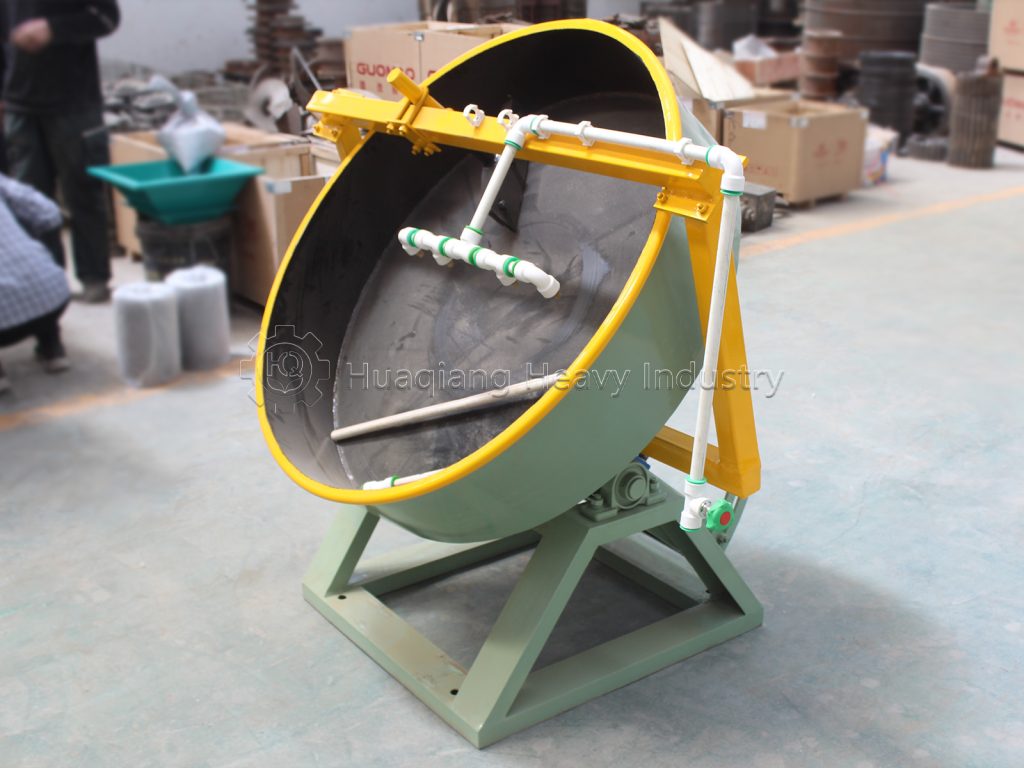Pellet strength is a core performance indicator for fertilizer products. Ring die granulators require multi-step control to ensure pellets can withstand the pressure of transportation and stacking, minimizing breakage and loss.
First, consider the raw material ratio. If the organic matter content in production is too high (over 60%), binders such as clay and bentonite should be added (control the amount to 3%-5%) to increase the viscosity of the raw materials and lay the foundation for pellet strength.
If the proportion of inorganic fertilizer is high, the moisture content of the raw materials should be controlled between 14% and 16% to avoid pellet brittleness caused by too low a moisture content and easy sticking to the ring die granulator due to too high a moisture content.
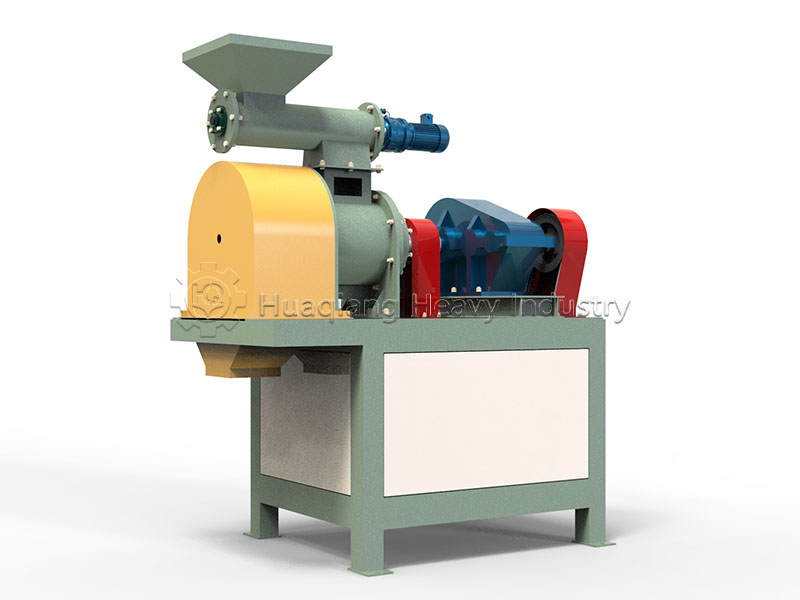
Selecting the ring die granulator compression ratio is also crucial. The compression ratio (the ratio of the ring die aperture to the effective thickness) should be adjusted according to the fertilizer type. For organic fertilizers with high fiber content, a low compression ratio of 1:8-1:10 is recommended to prevent pellets from being too hard and easily broken. For compound fertilizers, a high compression ratio of 1:12-1:15 is recommended to enhance pellet density. During production, regular spot checks can be performed using a pellet strength tester. If the strength is insufficient, the steam supply to the conditioner can be temporarily increased (by 10%-15%).
In addition, the gap between the roller and the ring die should be controlled within a range of 0.1-0.3mm. A gap too large will cause the raw material to slip, resulting in insufficient pellet density; a gap too small will increase wear and affect pellet consistency. By synergistically controlling these three factors, the compressive strength of fertilizer pellets can be stabilized at above 20N, meeting transportation and storage requirements.
